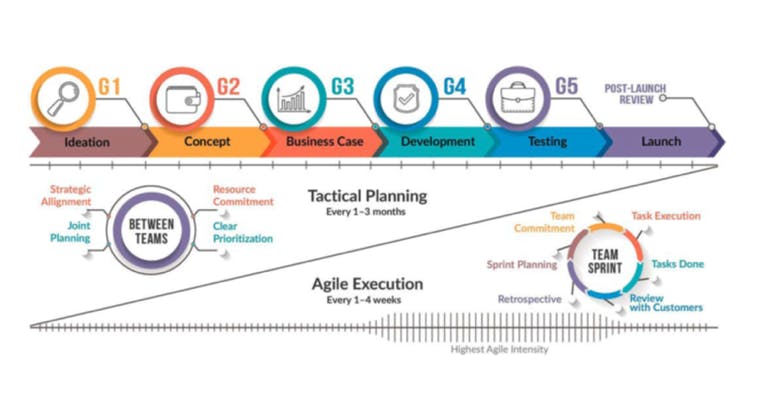About
Photoncycle is the brainchild of Bjorn Brandtzaeg. Bjorn is a successful entrepreneur and CEO who has worked for 20 years with energy related challenges. He has founded two companies within the energy infrastructure space which has resulted in investments of more than 1.3 bn USD. Bjorn has taken the companies from small start-ups to large companies, building partnerships with leading industrial companies in the process. In 2020, Bjorn was a visiting fellow at Massachusetts Institute of Technology (MIT) where the Photoncycle business idea was incubated.
Photoncycle is following a market driven approach to innovation. The ideation phase for the Photoncycle concept was followed by the development of a business case for the envisaged product including identifying a beach head market and customer profiling.
In parallel with the market development and analysis work, a technical feasibility study has been undertaken by Department for Sustainable Energy Technology at SINTEF in Norway, one of the leading natural science focused research organisations in Europe. Based on a positive technical feasibility assessment in January 2021, the collaboration is continuing with SINTEF and other technology partners to develop the product for market introduction.

Photoncycle is using a decision gate approach to innovation. Its first product has passed through the ideation, concept and business case phase and is entering product development.

Source: : Robert G. Cooper & Anita Friis Sommer (2018)
The principles Photoncycle a follows to manage the product development phase are:
- Our highest priority is to satisfy the customer through early and continuous delivery of a valuable product.
- Develop a visualisation of the product early in the project development cycle
- A working product is the primary measure of progress
- Build projects around motivated individuals. Give them the environment and support they need and trust them to get the job done.
- The most efficient and effective method of conveying information to and within a development team is face-to-face conversation.
- Agile processes promote sustainable development. The sponsors, developers, and users should be able to maintain a constant pace indefinitely.
- Continuous attention to technical excellence and good design enhances agility.
- Simplicity-the art of maximizing the amount of work not done-is essential.
- The best architectures, requirements, and designs emerge from self-organizing teams.
- At regular intervals, the team reflects on how to become more effective, then tunes and adjusts its behavior accordingly.
(freely adopted from the Agility Manifesto 2001)
Launch in the already identified European beach head market will take place as soon the system is ready for market introduction.
